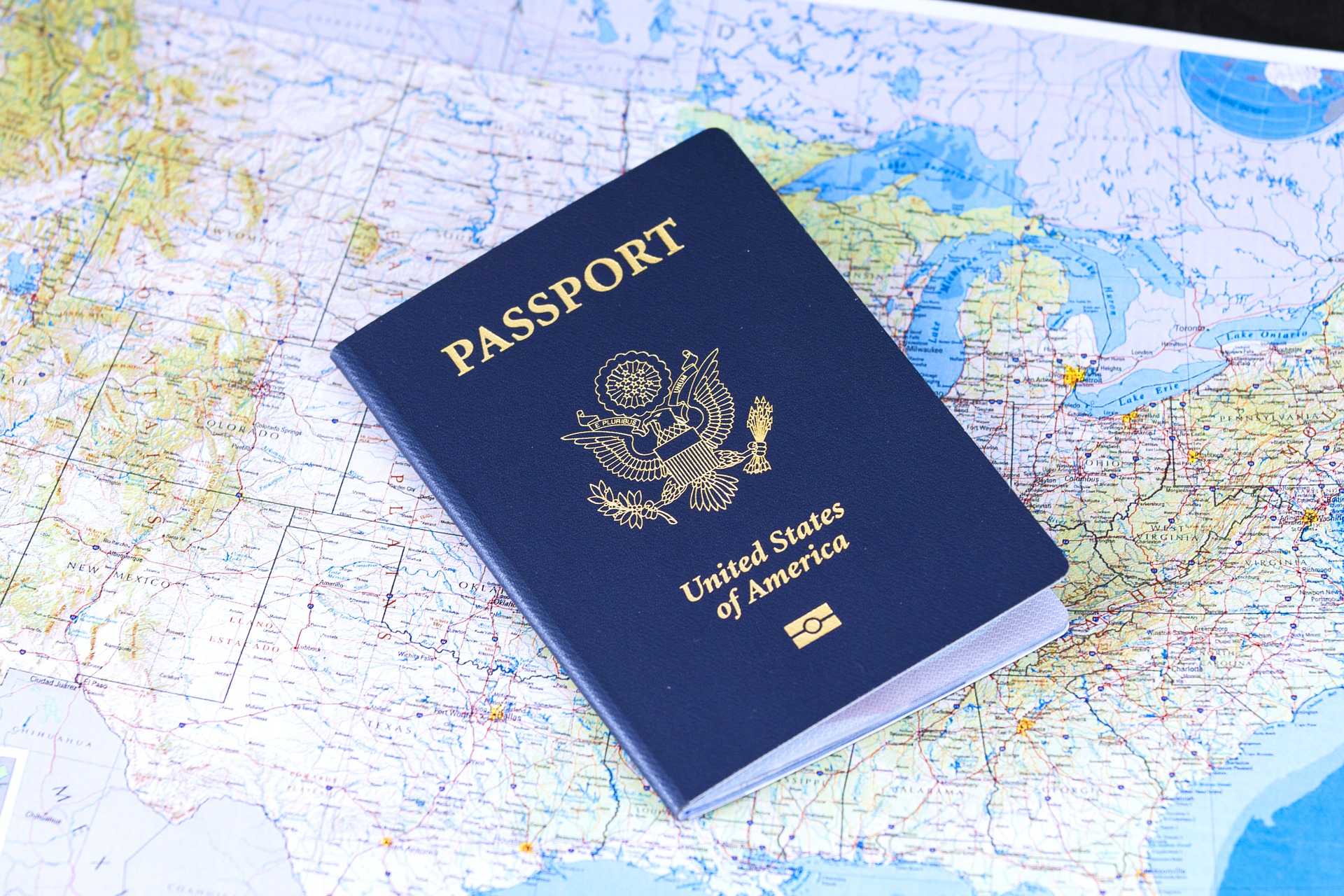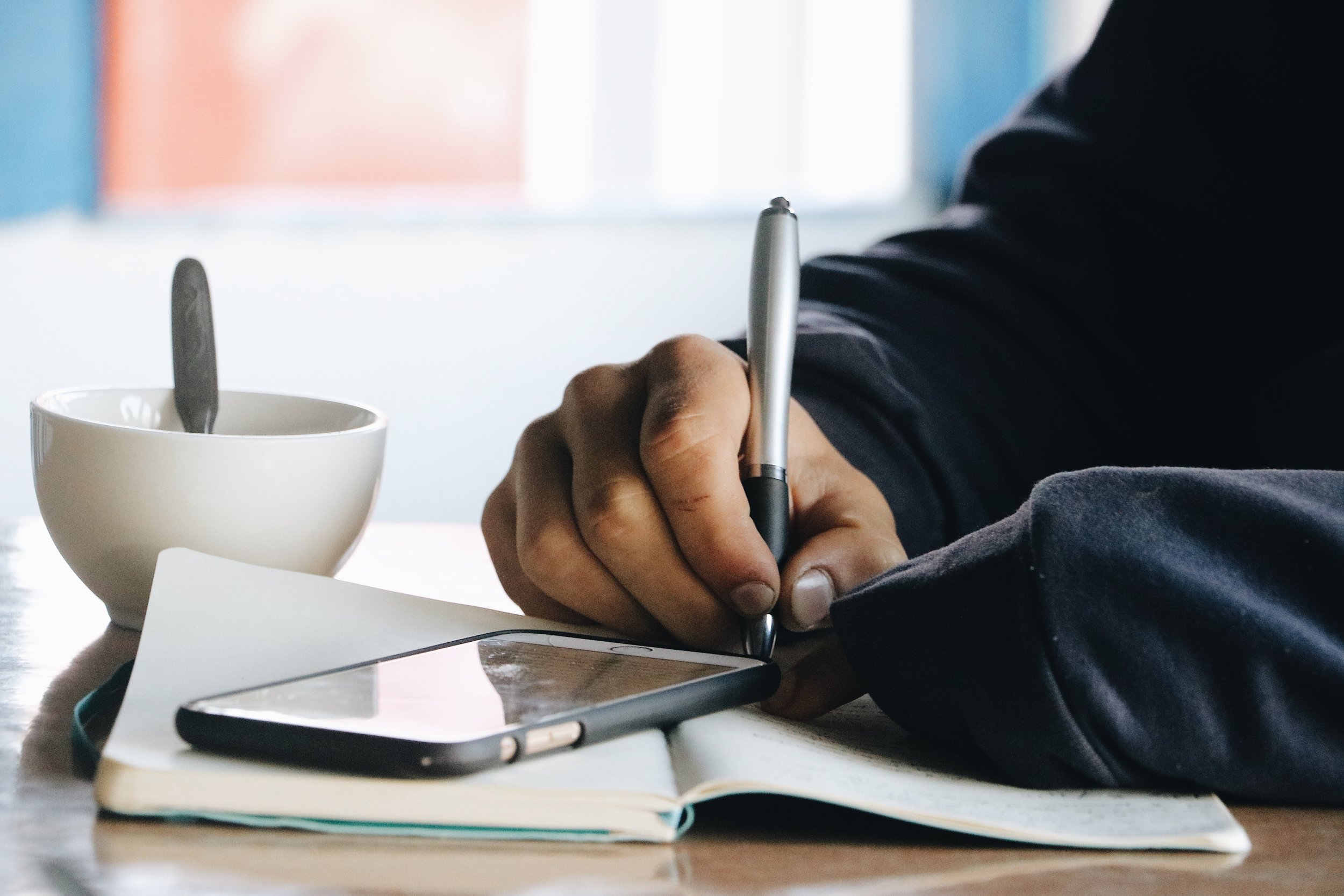Know Before You Go: Protecting Your Data On Vacation

Vacation season may be months away, but planning starts now! Whether you’re taking a trip to sunny San Diego or seeking respite in Rome, you’re sure to have tons on your mind and chances are cybersecurity isn’t at the top of your list.
It’s nice to imagine a safe trip where everybody is friendly and well-behaved, but that’s rarely ever the case, and you can never be too careful when it comes to your sensitive information. There are a few things to think about before you hit the road, and I’ve got some tips to keep you covered.
Before You Go
If you backup your extra data to a flash drive, you can still take it with you.
Before you set off for your adventure, make sure your tech is ready for the ride. Transfer your files to your home computer or to a flash drive, and clear out any extra files you likely won’t need on your trip — chances are you won’t be watching that shaky video from the last concert you went to, so leave it at home. Most devices also have a means to create a backup in case it’s lost or stolen. Check around in your settings menu and get prepared.
It’s also smart to remove sensitive, such as credit card information, data from your devices to protect yourself from identity theft in the event of theft. Cyber-crooks don’t need much information to gain access to your personal information, and once they’re in, it can be hell getting them out. A smart first line of defense on any device is password protection. But please, be smart about your password — 123456 is not a password. Whether you’re traveling to Houston or Honolulu, you’re likely to be in close proximity to strangers at some point, so having solid security on your phone is a good decision, even if it seems annoying. Needing a fingerprint to access your phone could be the difference in being annoyed for two seconds and being upset for eight to 10 business days waiting on a new phone.
Public Wi-Fi
Hackers aren't sitting in dark rooms with masks on. They could easily be sitting casually in the coffee shop a few seats over from you.
Many businesses are opting in to offering free public Wi-Fi these days, and that’s generally a good thing. What’s not good, however, is that most of these businesses aren’t taking precautions to protect the people who access their wireless network.
One of the most common threats that often goes undetected is a Man-in-the-Middle (MitM) attack. This is basically a form of eavesdropping on a user’s activity by a third party. So, for example, if you’re using your laptop at Starbucks and you’re connected to their Wi-Fi, the data that’s sent from your computer —credit card info, driver’s license numbers, etc. — to the website you’re accessing is vulnerable to a third party accessing that information.
Never assume that your device is safe from eavesdropping. If you need to use personal information for a website while you’re out and about, make sure that the website’s URL starts with https. That ‘S’ let’s you know that the communication is secure. Websites that use https:// encrypt your data at your device before it’s sent to the site, whereas websites that use http:// don’t, making your information viewable to anyone who may be trying to gain access. If there are specific website that you access pretty often, you’d be wise to bookmark them before your trip. This will reduce the chances of ending up on an unencrypted lookalike site.
Charging Stations
Most charging stations don't come with a "use at your own risk" warning. But use them at your own risk.
If you’re in a public place like an airport or even some hospitals, one of the most common threats is juice jacking (don’t blame me, I don’t come up with these names). Many high-traffic public places offer charging stations for devices, to help you stay connected to the people you need to contact, which can have built-in charging cords or just multiple USB ports. But the problem is that while these kiosks transfer power to your device, they also support the transfer of data, with no real means of discerning if your device is safe — so some tech-savvy stranger could sneak their way to those booty pics you’ve got on standby. That’s juice jacking. It’s a bit cumbersome, but you can actually buy “power-only” USB cables that don’t allow data to be transfered. I’d recommend just investing in a solid backup power bank; that way you don’t even have to be tethered to a stationary location.
Take these into consideration before you embark on your next adventure and stay safe with your devices. A little preparation can go a long way in protecting you in the long run and will give you much less to worry about so you can enjoy your trip.
Nick Bailey is a forward thinking journalist with a well-rounded skill set unafraid to take on topics head on. He now resides in Austin, TX and continues to create content on a daily basis.








